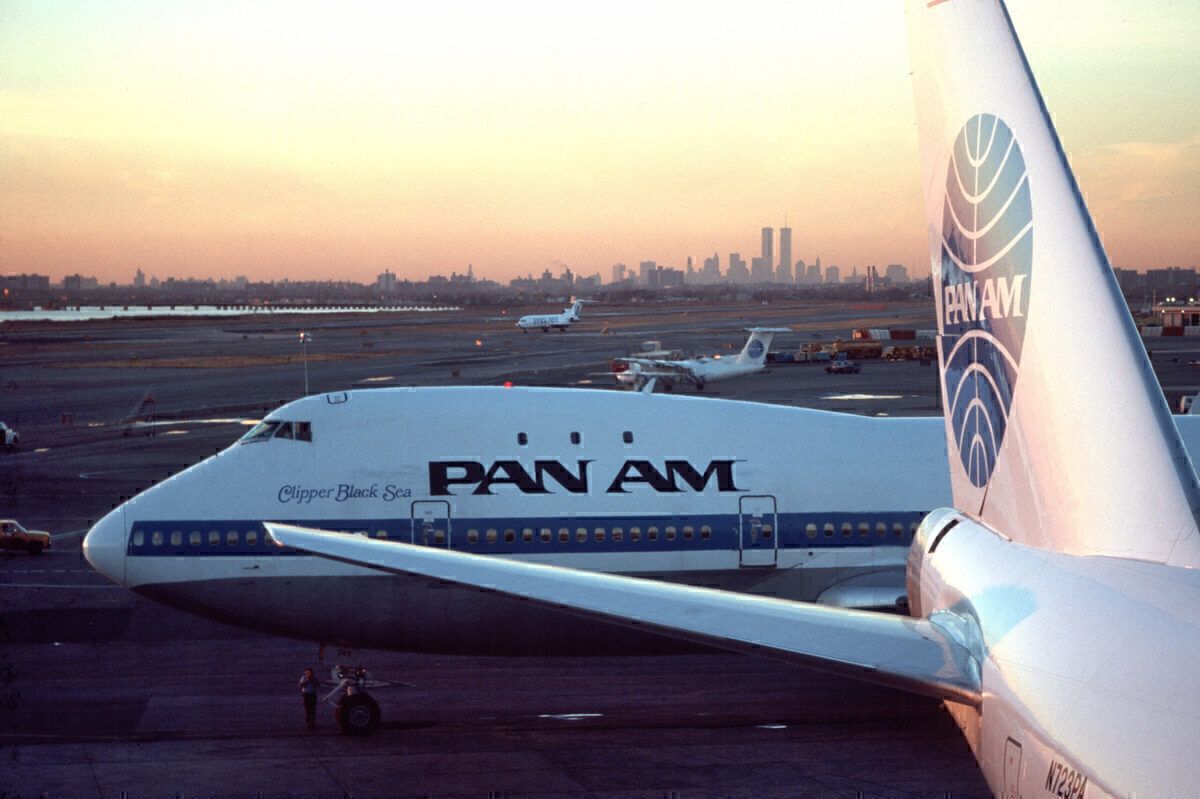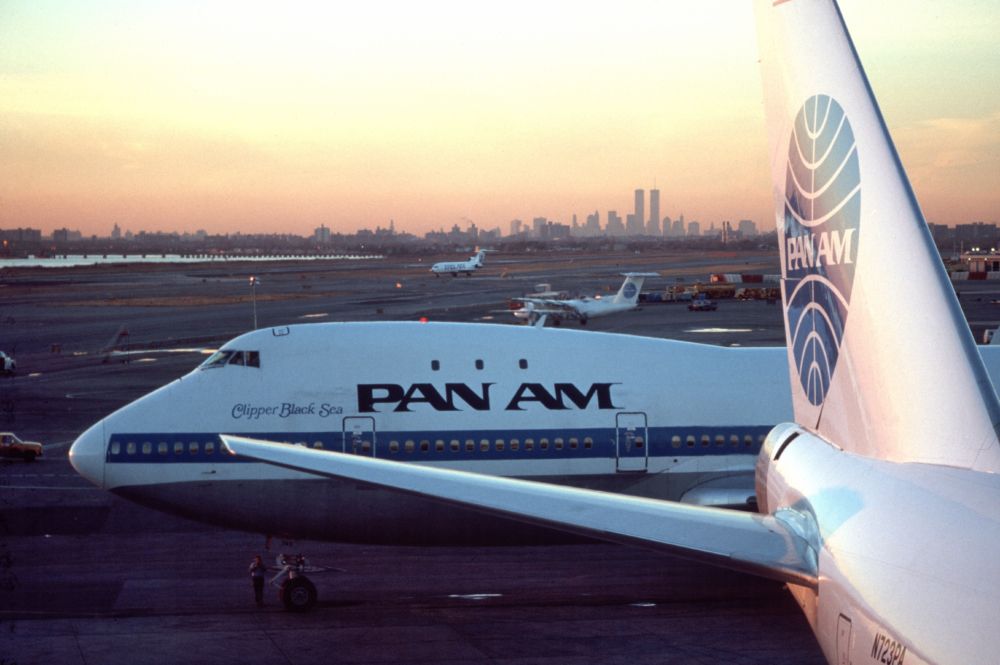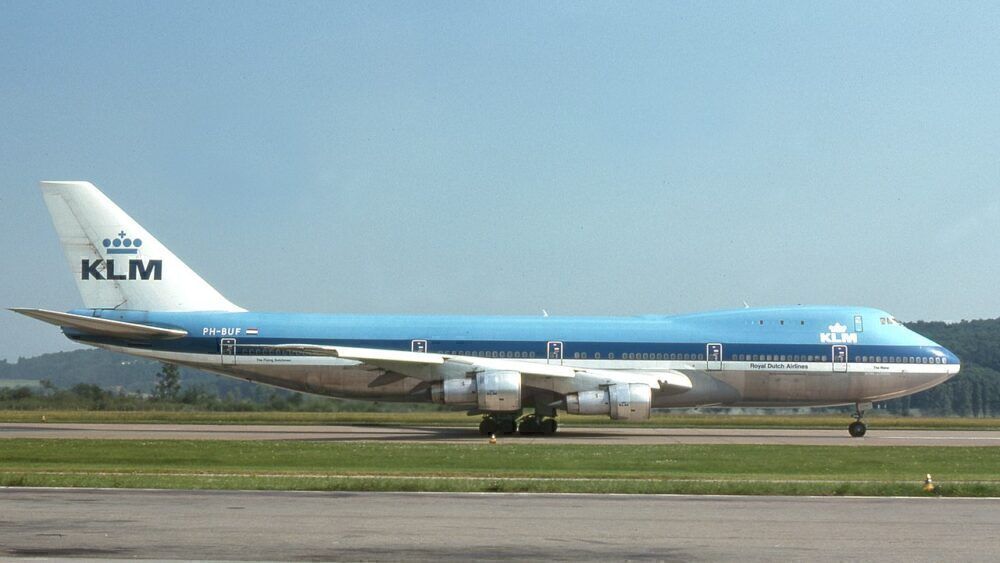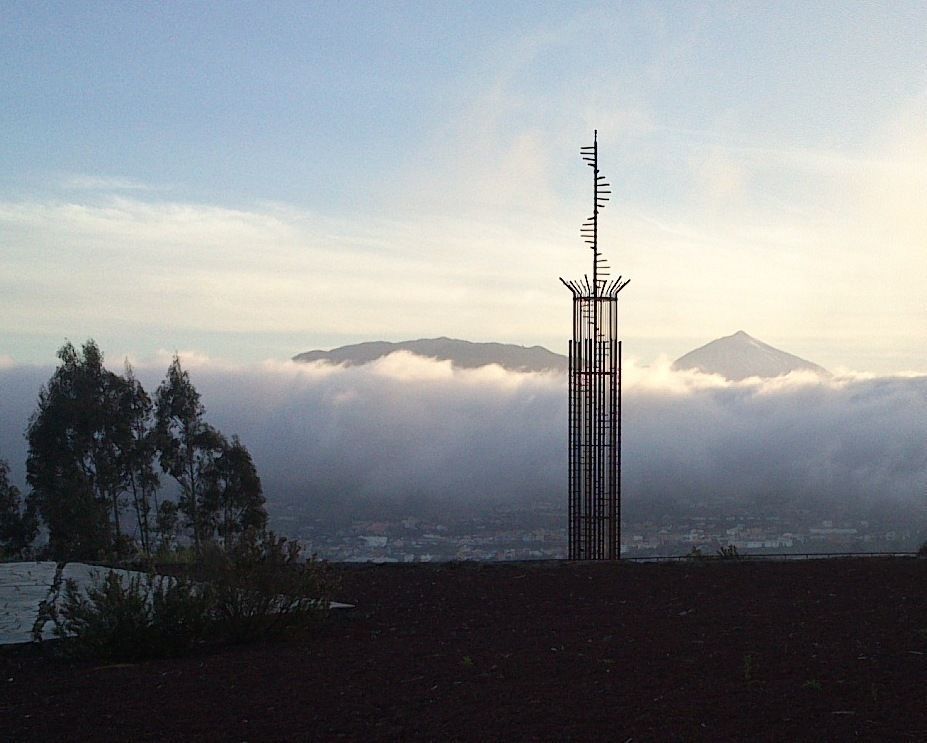The Tenerife Airport Disaster is known for being the deadliest accident in commercial aviation history. The collision between two Boeing 747s, belonging to KLM and Pan Am, resulted in the deaths of 583 passengers and crew.
Last October, Simple Flying took a look at the accident as a whole. Today, we shall closer examine the reasons behind it. The tragedy represented the culmination of a deadly chain of events, including human and machine error, and external factors. But what were its main causes?
Terrorism in Gran Canaria forces diversions
On March 27th, 1977, the day of the accident, neither aircraft should have been in Tenerife in the first place. Indeed, both of them had been bound for the neighboring island of Gran Canaria. However, a terrorist incident at Gran Canaria Airport (LPA) forced several inbound aircraft to divert to Tenerife Los Rodeos Airport, now known as Tenerife North (TFN).
The Pan Am 747-100 had come from Los Angeles International (LAX) via New York JFK, with the KLM 747-200 arriving from Amsterdam Schipol (AMS). Congestion at the comparatively small airport forced planes to park on the taxiway. This meant that, by the time Gran Canaria Airport reopened, the Pan Am aircraft was stuck behind the KLM jumbo, which was refueling.
Foggy conditions at an unfamiliar airport
While the diverted aircraft had been on the ground, a thick fog had enveloped the airport. This was not an uncommon phenomenon due to its altitude, and the impacts of the nearby volcano Mount Teide on local weather conditions. In contrast, Tenerife South Airport (TFS), which opened the year after the disaster, sits more favorably at sea level.
Eventually, air traffic control (ATC) instructed the KLM 747 to taxi down the runway, with Pan Am's jumbo following shortly afterward. The former was to turn around at the end of the strip to make its departure, with the latter told to exit the runway at the third turnoff.
However, the Pan Am crew was unfamiliar with the airport, and struggled to locate the exit among the fog. This led to them missing it altogether and continuing down the runway. In any case, it is thought that the acute angle, as seen above, would have been too tight a turn for the large aircraft to make.
Stay informed: Sign up for our daily and weekly aviation news digests.
Misunderstood communications
Meanwhile, the KLM 747 had made its turn at the end of the runway, and was lined up ready for departure. The KLM crew read back their ATC clearance detailing the route out of Tenerife, concluding with the phrase "we are now at takeoff," meaning that they were ready to depart. The tower responded, "okay, stand by for takeoff; I will call you."
However, a simultaneous radio message from the Pan Am aircraft caused interference on the frequency. This meant that the KLM crew did not hear all of the tower's message, and began their takeoff roll due to the use of "okay" having seemingly implied permission to depart.
Tragically, the interference also meant that the KLM crew could not hear the Pan Am crew's transmission of "we're still taxiing down the runway." Despite last-minute attempts to vacate the landing strip by the Pan Am 747, and from the KLM crew to lift their's into the air, the jumbos collided near the runway's fourth exit. It is thought that, had the KLM aircraft not refueled to save time later, it would have been light enough to take off earlier and clear the Pan Am plane.
Overall, 583 passengers and crew onboard the two planes lost their lives in the fiery collision. There were just 61 survivors, all of whom had been onboard the Pan Am 747. KLM eventually admitted primary responsibility in the accident, due to its crew having begun their takeoff roll without permission. Since the crash, standardized phrases have become a crucial part of ATC communications, to ensure that such deadly confusion does not occur again.





